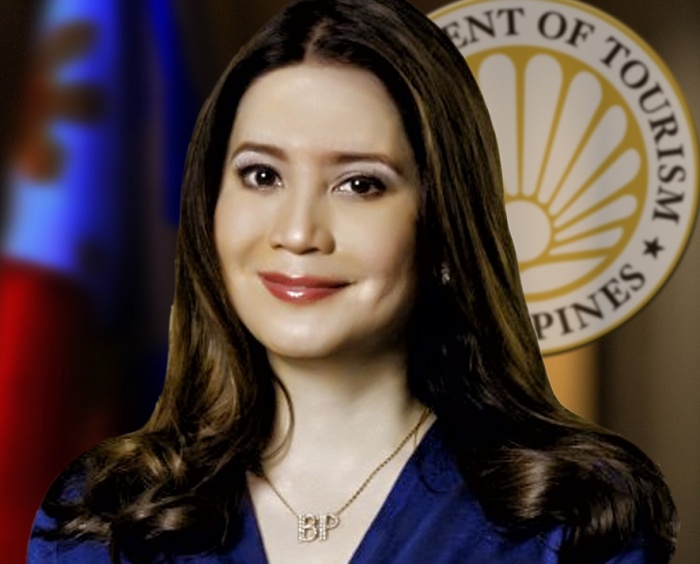
Breaking Travel News interview: Bernadette Romulo-Puyat, minister of tourism, the Philippines
The Philippines has been honoured by voters at the World Travel Awards – here Breaking Travel News editor, Chris O’Toole, speaks to minister of tourism, Bernadette Romulo-Puyat, to find out more
Breaking Travel News: Congratulations – the Philippines has retained the title of Asia’s Leading Tourist Board and taken the trophies for Asia’s Leading Dive Destination and Asia’s Leading Beach Destination at the World Travel Awards. How does it feel to have won?
Bernadette Romulo-Puyat: It feels incredibly rewarding to have won in the three respective categories, especially given the numerous stunning travel destinations our Asian neighbour countries have to offer.
We are really proud and grateful to the World Travel Awards for this honour, for rewarding the beauty of our islands and for recognizing the hard work our amazing team does.
BTN: How useful are accolades as such as the World Travel Awards in promoting the destination?
ADVERTISEMENT
BRP: As the travel industry’s most prestigious awards program, the World Travel Awards accolades are extraordinarily beneficial in promoting the Philippines as they generate interest in potential visitors for our country as a top travel destination and instil traveller trust and confidence in tourists all around the world.
BTN: Where does the Philippines stand with the reopening of tourism following the Covid-19 shutdown?
BRP: We support the reopening of tourism in the Philippines provided that safety protocols are implemented.
While tourism can help revive the country’s economy, we put health and safety as our top priority.
With the majority of international borders still closed for tourism, we are counting on domestic travel to lead recovery.
It is fortunate that our domestic tourism has been performing even better than expected over the last few years. In fact, of the 12.7 per cent contribution of the tourism industry to the country’s gross domestic product in 2019, 10.8 per cent is attributed to domestic tourism.
Some of the country’s top destinations like Boracay, Bohol, Baguio, Ilocos and El Nido have been reopened to local tourists through the help of their respective local government units (LGU).
We, together with the LGUs, make sure to implement safety protocols and precautionary measures set by the World Health Organisation (WHO) and the Department of Health (DOH).
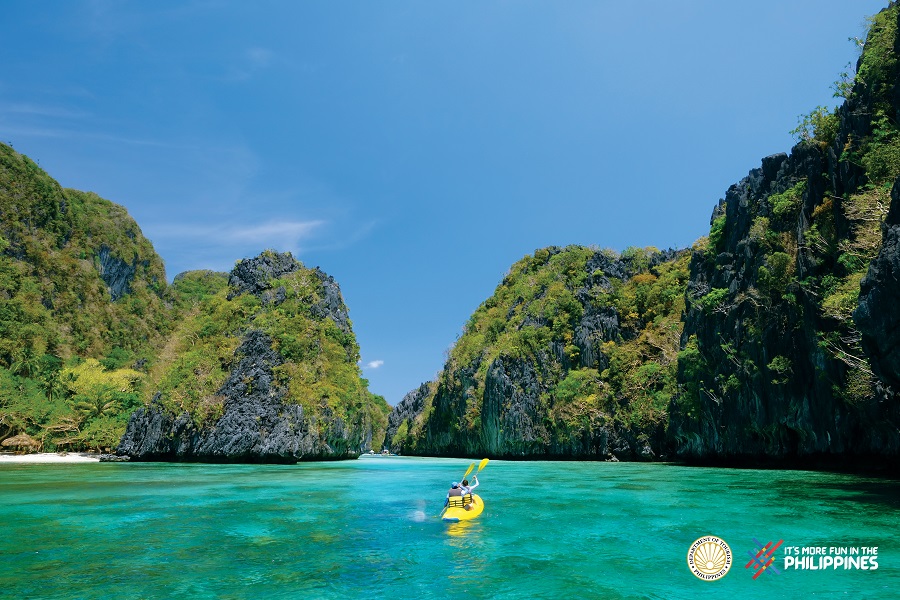
BTN: What new measures can international guests visiting the Philippines expect to see in order to protect them from the coronavirus as the destination reopens?
BRP: By continuously informing the public about the numerous safety protocols implemented to ensure the health and safety of our people, we strive to regain traveller trust and confidence and slowly but surely rebuild the tourism sector.
In Boracay, for example, potential visitors are required to submit online, their confirmed hotel bookings, air tickets, and negative results in RT PCR tests taken 72 hours or less prior to travel, for the approval of the Aklan provincial government.
Once approved, guests are given their personal QR codes, which will be used to access entry points and establishments, ensuring their safety and health.
To ensure that hotels and resorts live up to the highest level of quality and safety, only accommodation establishments with a DOT-accreditation and a Certificate of Authority to Operate are allowed to operate and reopen.
This initiative is aligned with our campaign to support new health and safety guidelines through a pivot towards contactless transactions.
The use of digital technologies in various business processes such as bookings and payments contribute to efforts at minimizing face-to-face engagements.
What’s more, certified disinfecting protocols and regular sanitation of establishments are enhanced and applied more frequently.
The wearing of face masks and face shields is also required of everyone in public places.
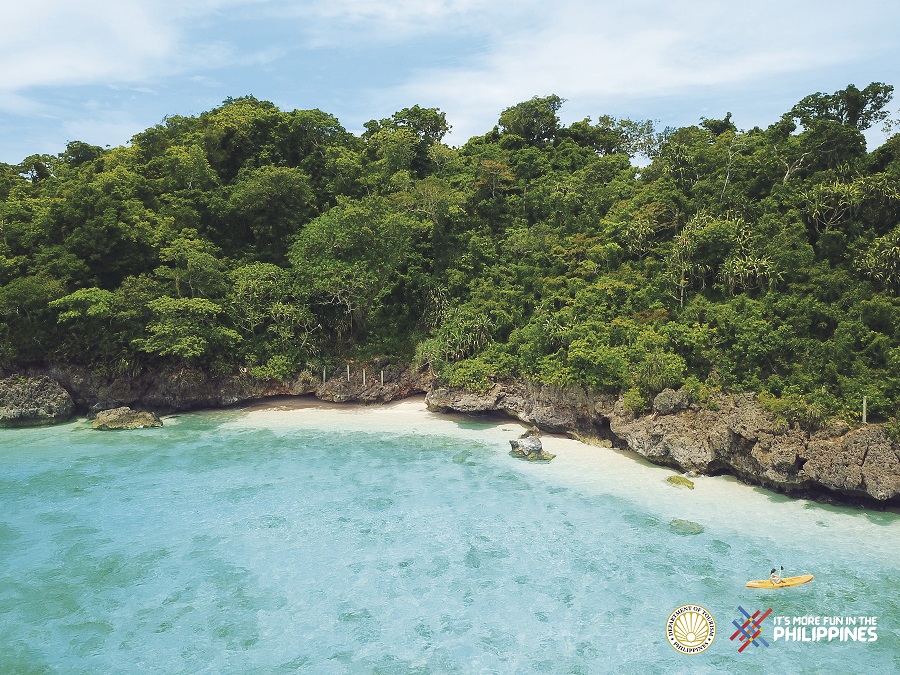
BTN: The national government in the Philippines has been taking steps to protect the livelihoods of members of the tourism industry. What can you tell me about that?
BRP: The pandemic has resulted in the temporary closure of restaurants, markets, resorts, and shopping malls, affecting millions of workers since the start of lockdown.
With this, we are trying to slowly recover tourism so businesses can reopen.
As a strategic response, the Department led the formulation of our Tourism Response & Recovery Plan (TRRP), in consultation with other national government agencies and tourism stakeholders through the Tourism Congress of the Philippines, with guidance from the World Bank.
The TRRP provides the holistic roadmap to support our stakeholders through specific measures that include:
- Provision of assistance to tourists/travellers affected by the pandemic
- Capacity-building for tourism workers
- Financial assistance to sustain tourism businesses and employment
- Policy support to help financial and business solvency
- Tourism investment promotion
- Development and enforcement of new normal standards
- Development of travel bubbles and corridors to restart tourism activities
In March, the Congress enacted a law, called as “Bayanihan to Heal as One Act,” that mobilised resources for the government’s comprehensive Covid-19 response programs.
On September 11th, president Duterte signed the expansion of this measure, Bayanihan 2, allocating P10 billion (US$205 million) to the tourism industry.
PHP 6 Billion is earmarked for a loan program and interest subsidy that will allow micro, small, and medium enterprises (MSMEs) to apply for soft loans.
These funds will help ensure the survival of our MSMEs, which comprise 99.9 per cent of establishments in accommodation and food service activities.
The Department is also now finalising the guidelines for the assistance to be provided to the displaced tourism workers through the Department of Labour and Employment (DOLE) in the amount of three billion pesos.
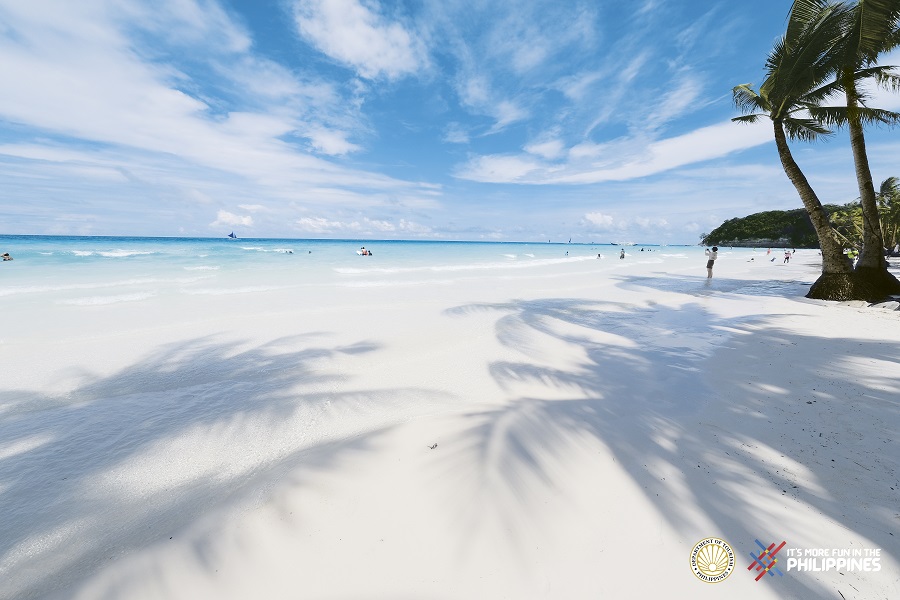
BTN: ‘Staycations’ are to be permitted within ‘general community quarantine’ areas of the country in a bid to rebuild the domestic tourism sector. What are the ambitions there?
BRP: We welcomed the approval of the Inter-Agency Task Force for the Management of Emerging Infectious Diseases (IATF) to permit ‘staycations’ or a minimum of an overnight stay for leisure purposes in GCQ areas.
This is in line with our move to safely reopen the industry and bring back jobs to workers.
To reiterate, we put health and safety as our priority, so we have implemented strict guidelines such as negative antigen results for staying guests, the use of digital and contactless transactions within hotel premises, and the mandated issuance of a Certificate of Authority to Operate before the hotels can operate.
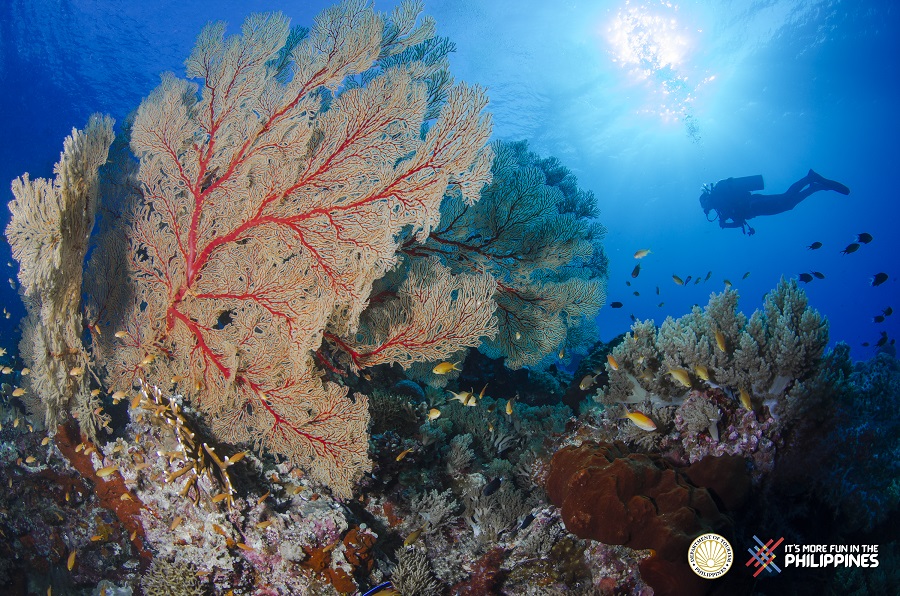
BTN: Are you able to put a timeframe on when the government of the Philippines hopes tourism will return to levels seen in 2019?
BRP: Naturally, we all hope for life to return back to normal as soon as possible, including for the tourism industry of the Philippines to reach its pre-pandemic visitor levels and GPD contribution.
In 2019, the DOT recorded more than 8 million visitors in the country and a 12.7 per cent contribution of the tourism industry to the Philippine economy.
It remains to be seen when we can achieve similar numbers, given that the global pandemic is still ongoing.
Our priority is the health and safety of our people and visitors by implementing necessary measures and pivoting towards a responsible, secure, inclusive and sustainable future for the industry.
Once global travel restrictions will be lifted, we are confident and hopeful that our tourism levels will slowly but steadily grow again.
More Information
Find out more about visiting the Philippines on the official website.

